Situated on China’s southern coast, Tim Wong’s motherland, Hong Kong, is one of the most densely populated territories in the world. While originally composed of modest farming and fishing villages, “today it’s one of the most expensive places to live”, the photographer says. Home to 7.4 million people, with its jam-packed streets, tiny flats and goal-oriented mindset, this special administrative region of China is moved by the so-called “Lion Rock Spirit”, or “the collective determination to achieve the socio-economic advancement that turned Hong Kong into what it is today,” Tim explains.
The competitive nature of Hong Kong life has always represented an obstacle in the photographer’s personal and artistic journey. “Originality comes from detour, mistakes and unexpected epiphanies,” he says. “To make art or find yourself, you need to wander into unchartered territory; Hong Kong has never allowed me that privilege.” A visual embodiment of his quest for belonging, Tim’s new photography series sees him travel to Mongolia in search of alternative understandings of Asianness to resonate with.
Comprising over 70 images and loosely titled Summer in Mongolia, this collection stands out for its whimsical, imaginative feel. Here, sunbaked steppes provide the backdrop for oneiric scenes where wild horses and blue skies — two of the country’s distinctive symbols — are set against a stunning strip of mountains. When Tim’s camera doesn’t hone in on Mongolia’s countryside itself, its youth takes centre stage in his work. Children, teenagers and young adults are the real muses of the series, which gave the photographer an opportunity to survey coming of age locally. We see wrestlers practising in traditional clothes, colourful compositions rendering the minutiae of Mongolian herd families’ reality, close-ups of kids staring directly into Tim’s camera, as well as teen skaters in the capital city of Ulaanbaatar. Captured in early summer 2023, over a four-week period, this photographic compendium documents Tim’s desire to explore different ways of conceiving society, our relationship to the land and each other.
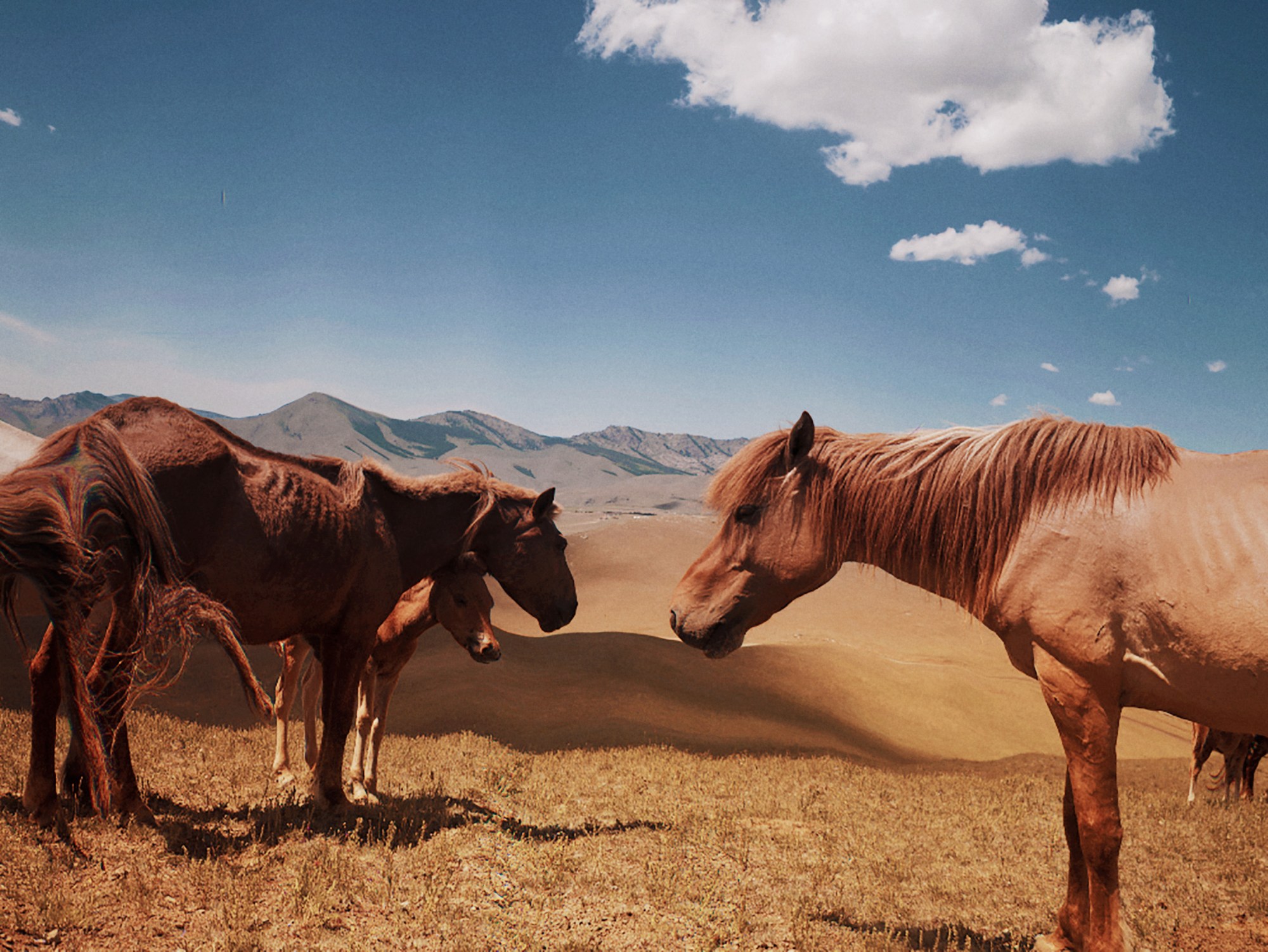
“In Hong Kong, I was never able to embrace the ‘murkiness’ — the blending of perspectives, that sows the seeds for every kind of creative experimentation,” Tim says. From its exam-oriented education system to the result-driven work culture, Tim argues that Hong Kong’s “can-do” attitude can promote a simplistic approach to complex matters. It was only after stepping out of teenagehood that he began to question the obedience and success he had been raised to look up to. “Life is a race to most Hong Kongese people and everyone is devising ways to win earlier, faster and bigger,” he explains. “It took me years to stop seeking people’s approval and realise how much that claustrophobic atmosphere was affecting my practice.”
Intent on understanding what other Asian societies could teach him, the photographer and filmmaker travelled to Mongolia hoping to gain some clarity. “I wanted to meet people from an Asian city I knew nothing about, to understand how they live and interact with each other,” Tim adds. “For better or for worse, I wanted to find what was missing back home.”

Visually, it wouldn’t take much to misjudge Summer in Mongolia for one of the countless AI experiments currently flooding the online creative community. Yet, there’s nothing artificial here: the warped body silhouettes and recurring visual glitches present in the series were the result of Tim working his magic with an unconventional medium. Creating images with a “3D-printed scan camera” — a hybrid between a secondhand technical scanner and a large format camera the image-maker 3D-printed and assembled himself — Tim portrays time as one of the fundamental dimensions of his shots. “The subjects of my practice aren’t sharp, quick and clear-cut,” he says. “In my photos, they become sticky, gelled and slow: the result has a fluidity that conveys emotions.” Now embedded into the artist’s craft, his surreal, shape-shifting style emerged as part of a long trial-and-error process.
A film degree graduate of London College of Communication, Tim began his career working as a production assistant for cult director Wong Kar-wai and shooting film stills for the Golden Lion-winning filmmaker Ann Hui. In 2022, after stints lending his eye to beauty and fashion brands, he quit all commercial projects to devote himself to developing his photographic vision. Dissatisfied with the sterility of editorial work, Tim recalls feeling as though “photography created ‘distance’ for me, preventing me from truly interpreting my subject”. The mere pressing of the shutter on set had never done it for him: “I thought, ‘there must be more to photography than capturing,’” Tim says. “I wanted to find a way to get my hands dirtier, to feel more and maybe see more as a result.” Manufacturing his own photographic medium, which can “scan” a scene in about four seconds, granted him a new perspective on his surroundings. “Being a lot slower than any regular camera, my camera allows me to take in hints of the mundane that others barely notice,” the photographer explains. “It encourages me to go a lot deeper into the experiences of people around me.”
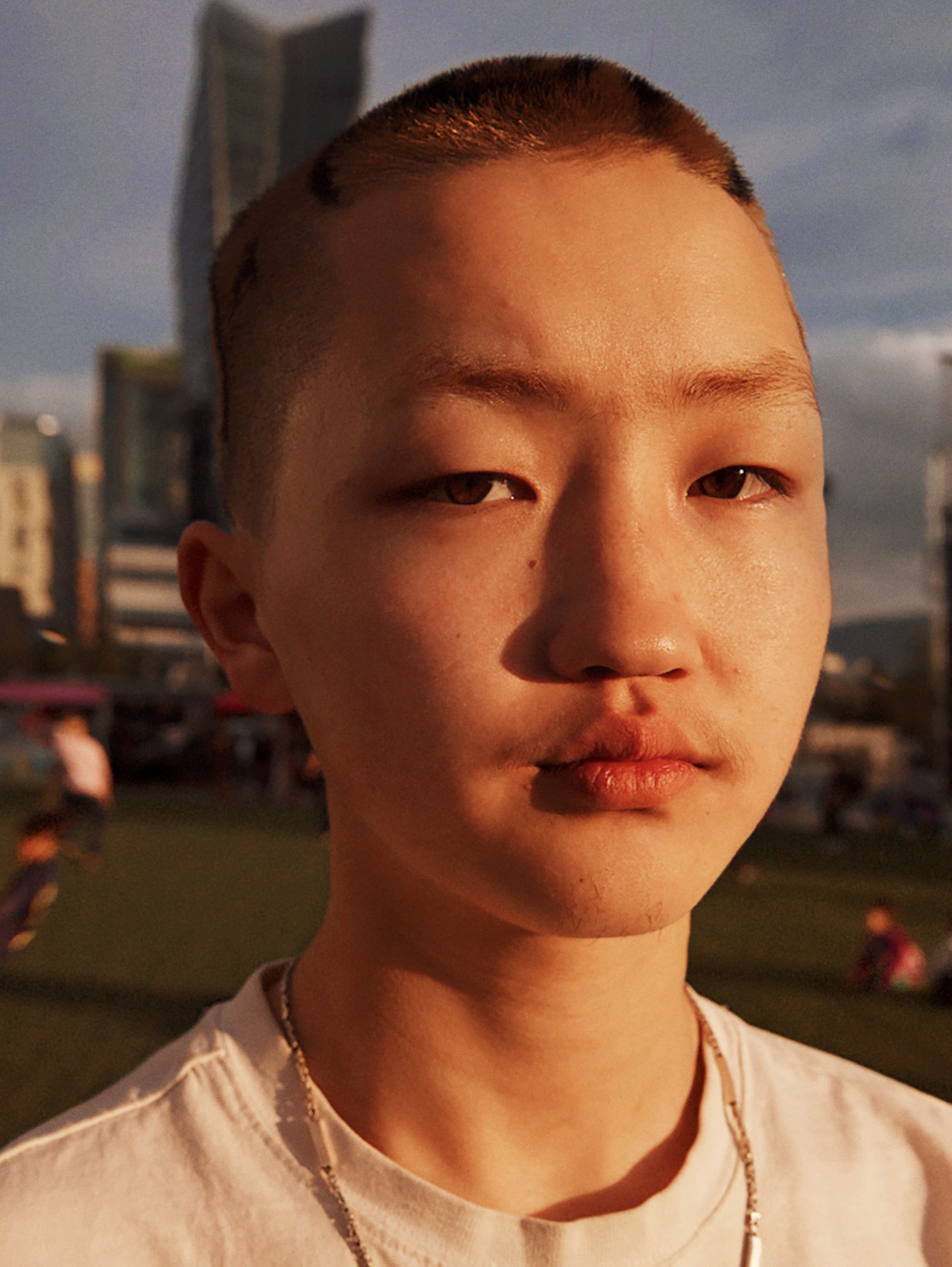
This, of course, played in his favour in the making of Summer in Mongolia, through which Tim projected himself onto the lives of those whom he met, photographed and shared moments with. “There were a few questions I was trying to answer while developing this series,” he says. “What does imagery mean in regards to my personal story? What makes me different from anyone else? And to what extent does my public representation reflect the person I actually am?” For the image-maker, who is currently based between Paris and Lyon, his trip to Mongolia became an opportunity to overcome preconceived ideas around progress, gender and identity. “Traditionally, Mongolian men — the herders responsible for providing for the family — were expected to be resourceful, unemotional and physically strong,” Tim explains. “Yet, as post-Socialist Mongolia navigates its way into the modern world, rapid urbanisation has made the gender roles of this once patriarchal Asian society far less rigid and defined.”
There’s a childlike vulnerability and softness to the photographer’s depictions of local men, and it is more than another aesthetic device. “In Western media, the portrayal of Asian men is still very one-dimensional,” he says. “In this project, I strived to show aspects of the Asian male experience that are still neglected by the wider public.” Although being sedentary is becoming the norm in and outside Ulaanbaatar, most urban dwellers maintain a strong attachment to the traditional way of life. “About 25% of Mongolians still live on the steppes as nomadic herders,” Tim says. But they certainly aren’t insular, with Tim noting that the herding communities he spent time with had a “clear, proud perception of what it means to be Mongolian today”. Coming from the ordered chaos and individualistic thinking of Hong Kong, the image-maker found Mongolia’s family-based culture especially refreshing. “Their land is everyone’s,” Tim says, “and they’re prompt in sharing it with those around them.”
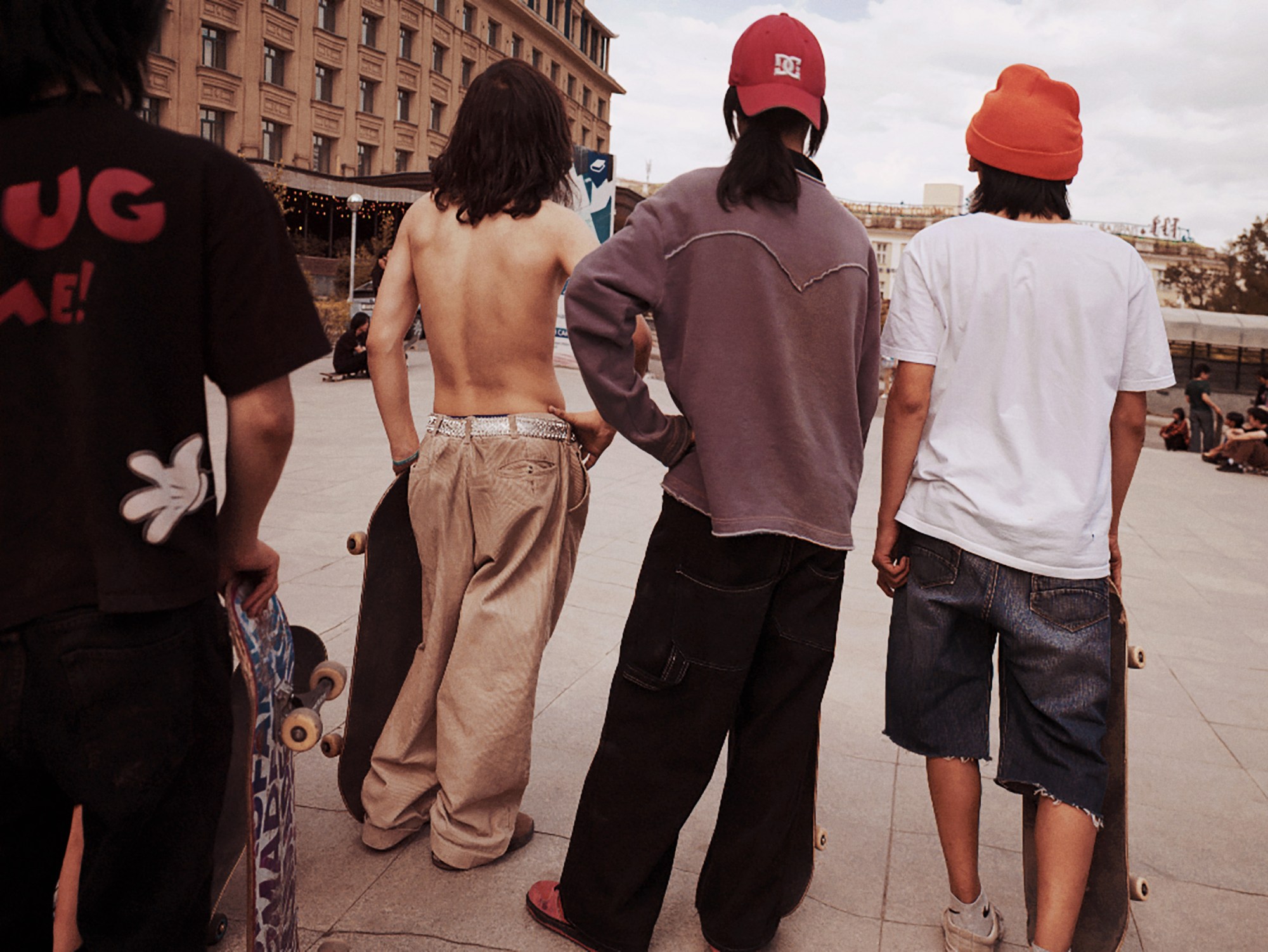
With only 4.3 people per square mile, Mongolia is the most sparsely populated country in the world. While the road to urbanisation is still underway and far from hassle-free, according to Tim, places like Ulaanbaatar inherently challenge some of the aspects he found suffocating about life in Hong Kong. “Ulaanbaatar is a very young city where 70% of the population is under 30,” he explains. “Contrary to my hometown, young people here are brought up to believe in the importance of expressing themselves outside of the limits posed by educational and professional success.” As the temperature cools down in the late afternoon, children, kids and young families can be found unwinding, exercising, playing games or music together in the Chinggis Khan square. “People appear to be genuinely passionate about anything they set out to do,” Tim says. “There is a sense of collectivity to it, a feeling that you can use that space in whatever possible way without being judged.”
At a superficial look, Summer in Mongolia could seem an attempt of the photographer to remedy his rootless past with the excitement of an unprecedented journey, but the series is more complex than that. “Focusing on facing yourself, learning and encouraging meaningful exchanges is possibly the furthest away you can be from escapism,” Tim says. “Rather than seeking relief from my situation, with this project, I dug deeper into my relationship to Hong Kong to take active control of my future.” Blending fiction and documentary, the traditional and the uncanny, the collection intends to promote an unconventional take on Asian visibility. Of all lessons learnt along the way, one speaks to him most dearly: “it’s harsh out there, but if we stick together, you will find your own voice, your own place.”
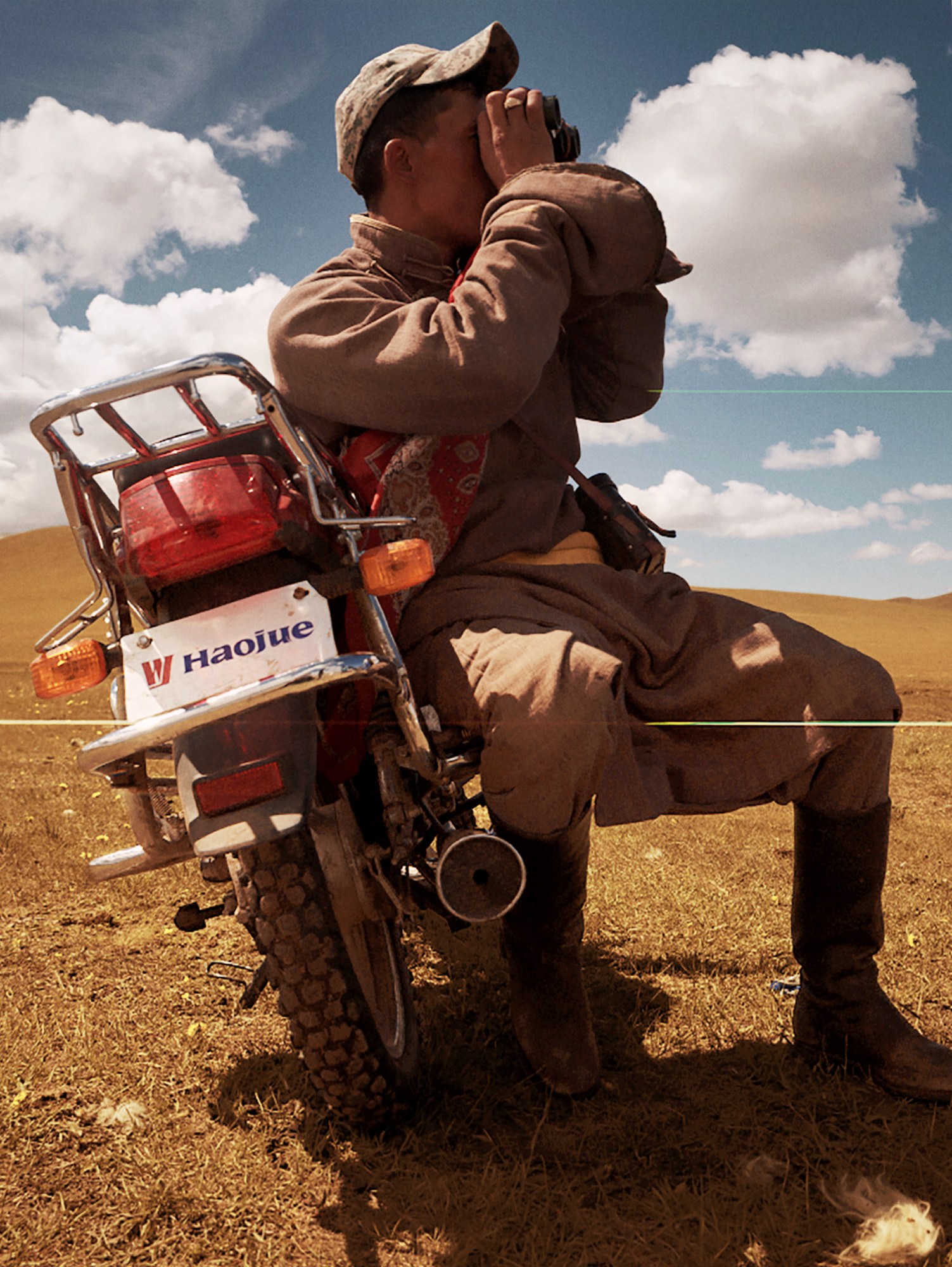
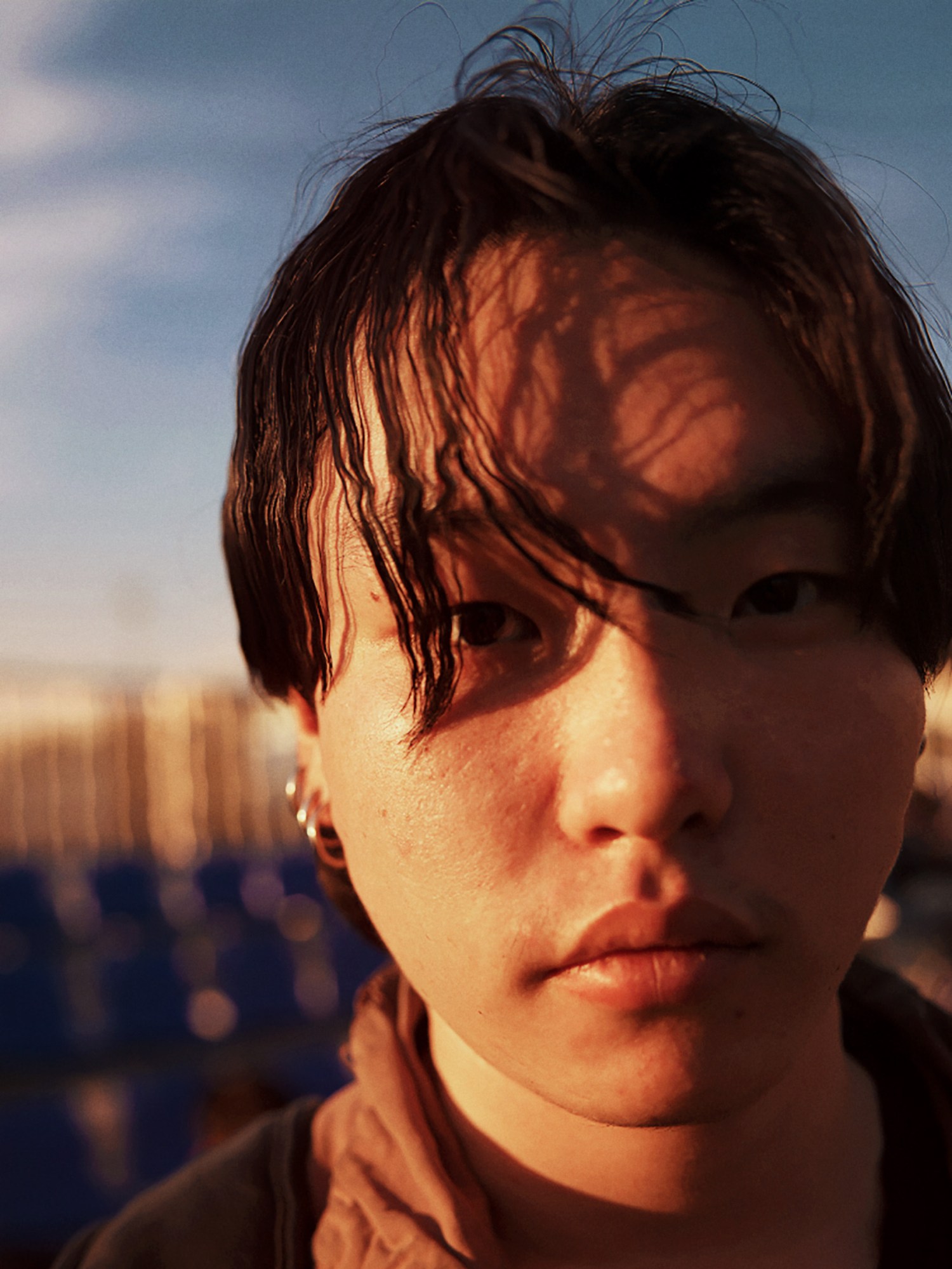
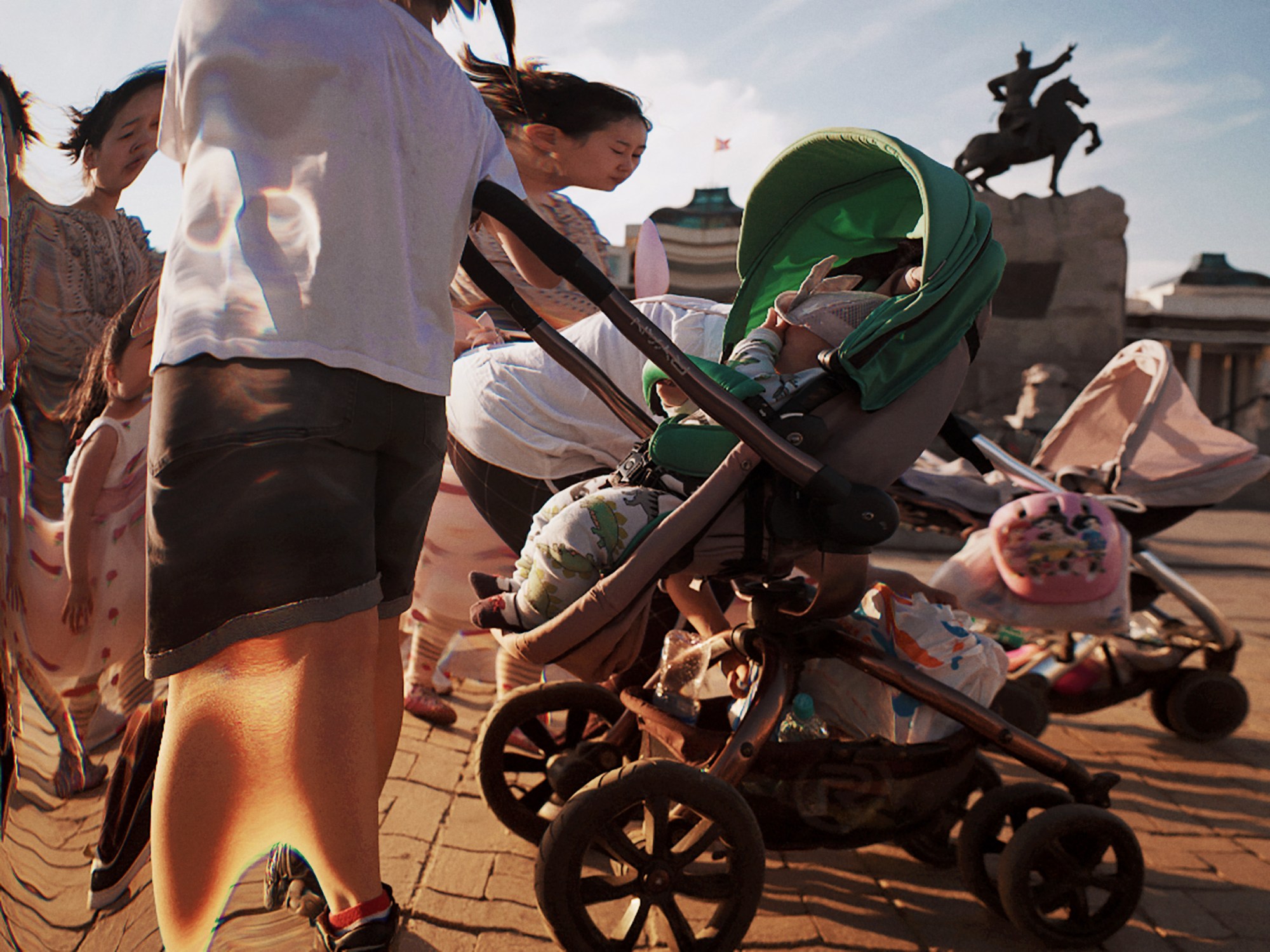

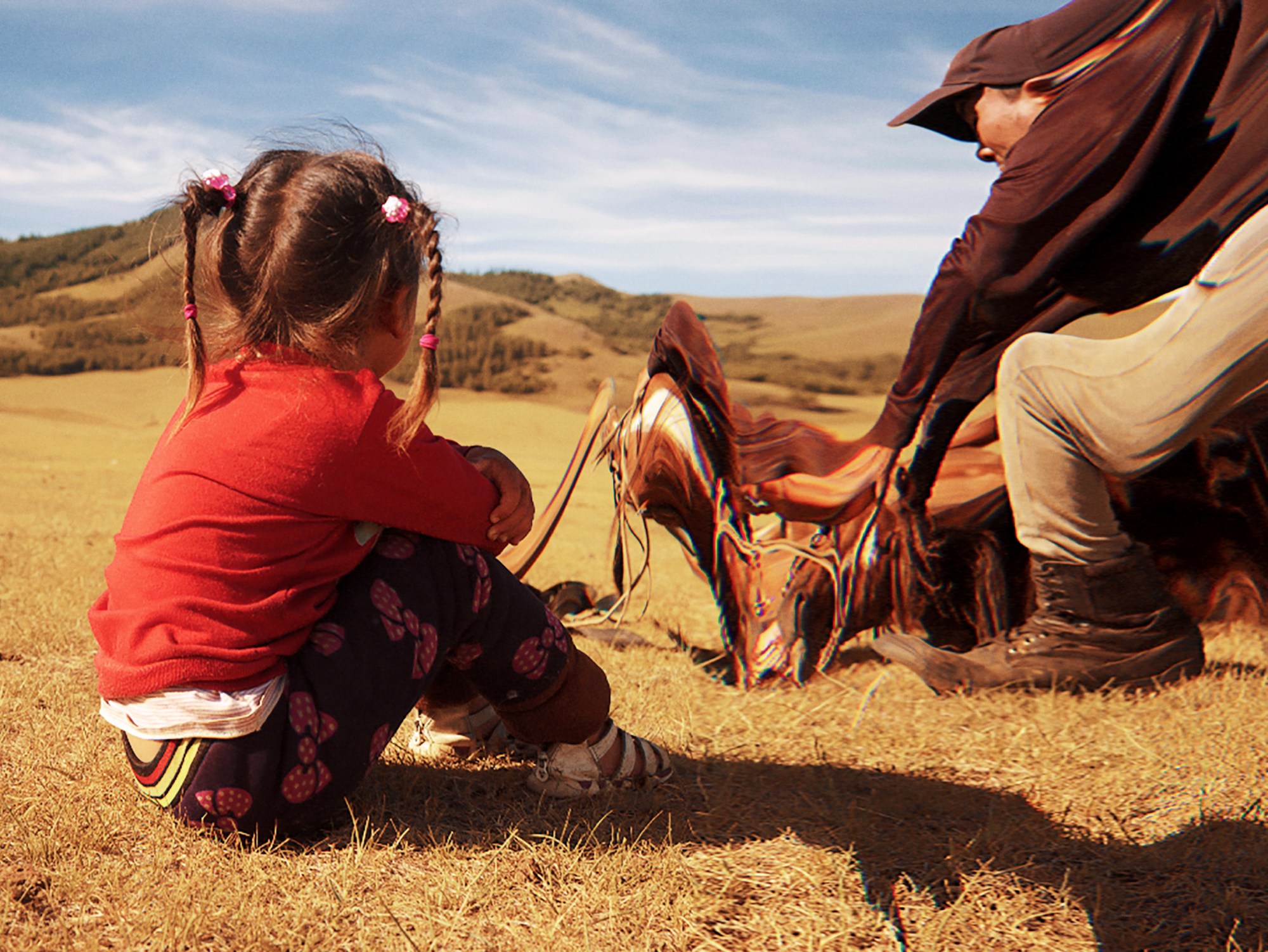
Credits
All photography courtesy of Tim Wong


